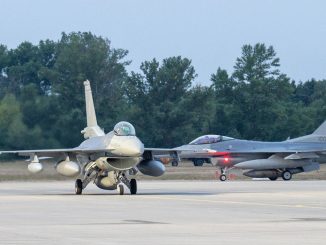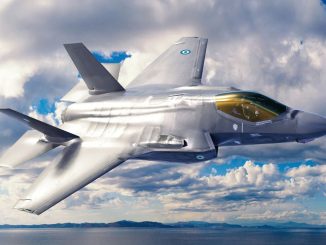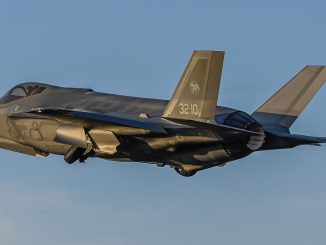After publishing the pictures of the famous C-17 gear up landing in Bagram there was much discussion among the visitors of this site about the root cause of the accident, the responsibilities etc. (you can see the pictures and read the comments that follow the article here: C-17 gear up landing in Bagram: images) the Air Mobility Command has finally released the result of its investigation according to which the accident was primarily caused by the failure of the pilots to extract the landing gear.
Bagram C-17 Accident Investigation Board complete
Headquarters AMC Public Affairs
5/7/2009 – SCOTT AIR FORCE BASE, Ill. — Air Mobility Command today released
the results of its investigation into the Jan. 30, 2009, mishap involving a
C-17 Globemaster III that landed with retracted gear at Bagram Air Base,
Afghanistan.The Accident Investigation Board, convened by AMC, concluded the primary
cause of the mishap was the failure of the pilots to lower the landing gear
and confirm proper aircraft landing configuration in accordance with the
Before Landing checklist.The AIB president also found that aircrew distractions, task saturation,
reduced cockpit visual cues, failure of the flight crew to cross- monitor
each other’s performance, the tower’s failure to transmit a required
reminder, and the crew’s inadvertent disabling of Ground Proximity Warning
System alerts contributed to the mishap.The mishap occurred as the C-17 was landing at Bagram AB during a combat
airlift mission in support of Operations Enduring and Iraqi Freedom and
Joint Task Force Horn of Africa operations.The aircraft landed on the runway centerline with the landing gear retracted
and slid approximately 4,500 feet before coming to rest on the runway.
Crash, fire and rescue response was immediate, and there were no fatalities,
injuries or damage to other property. However, damage to the aircraft’s main
landing gear and fuselage underbelly was significant.



